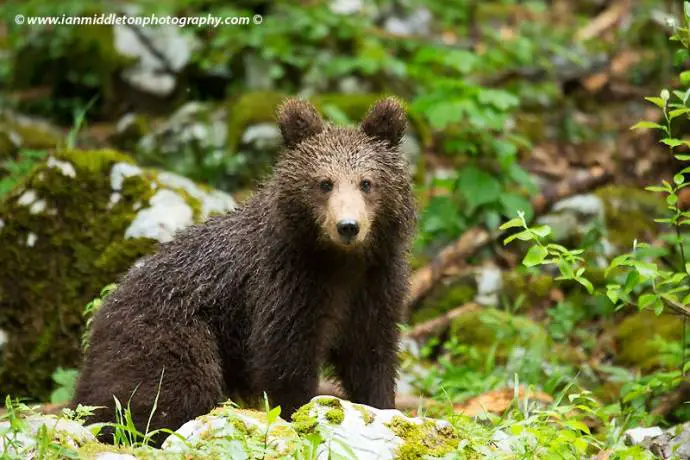Hunters will have the permission to cull 200 bears and 11 wolves between October this year and September 2019, under the proposal, which is subject to public consultation until the end of July.
"Around 150 bears lived in Slovenia in 1960; the number has since jumped to around 1,000," Damjan Oražen, the director of the Slovenian Forest Service, has told the Slovenian public broadcaster.
You can see more of Ian Middleton’s photographs of brown bears here, and also learn how to shoot them with a camera, rather than a rifle
The Slovenian Forest Service proposed a cull of 225 bears and 11 wolves, but the ministry opted for 200 bears, of which 25 are expected to die of natural causes.
The Ministry believes that the move will not endanger the bear population in Slovenia.
Wolf population has also increased over the past years, because of favourable living conditions and good reproduction capability.
Their habitat is expected to expand in the future, especially to the Alps. In the 2016/2017 hunting season, 14 wolf packs were spotted in Slovenia, representing around 60 beasts.
Farmer organisations have demanded killing a high number of wolves, because in previous years (2013, 2015, 2016) there was no wolf cull and because of recurrent attacks on cattle, sheep and goats.
However, non-governmental organisations and individuals have been calling for full protection of wolves and bears.
They argue that cull is not a solution, as nature has its own laws, and that it also runs against EU rules. They suggest preventive measures, which the ministry says have no effect on population sizes.
The Ministry's plan is to slow down the populations' growth in order to give people an opportunity to learn to live with the wild beasts.







